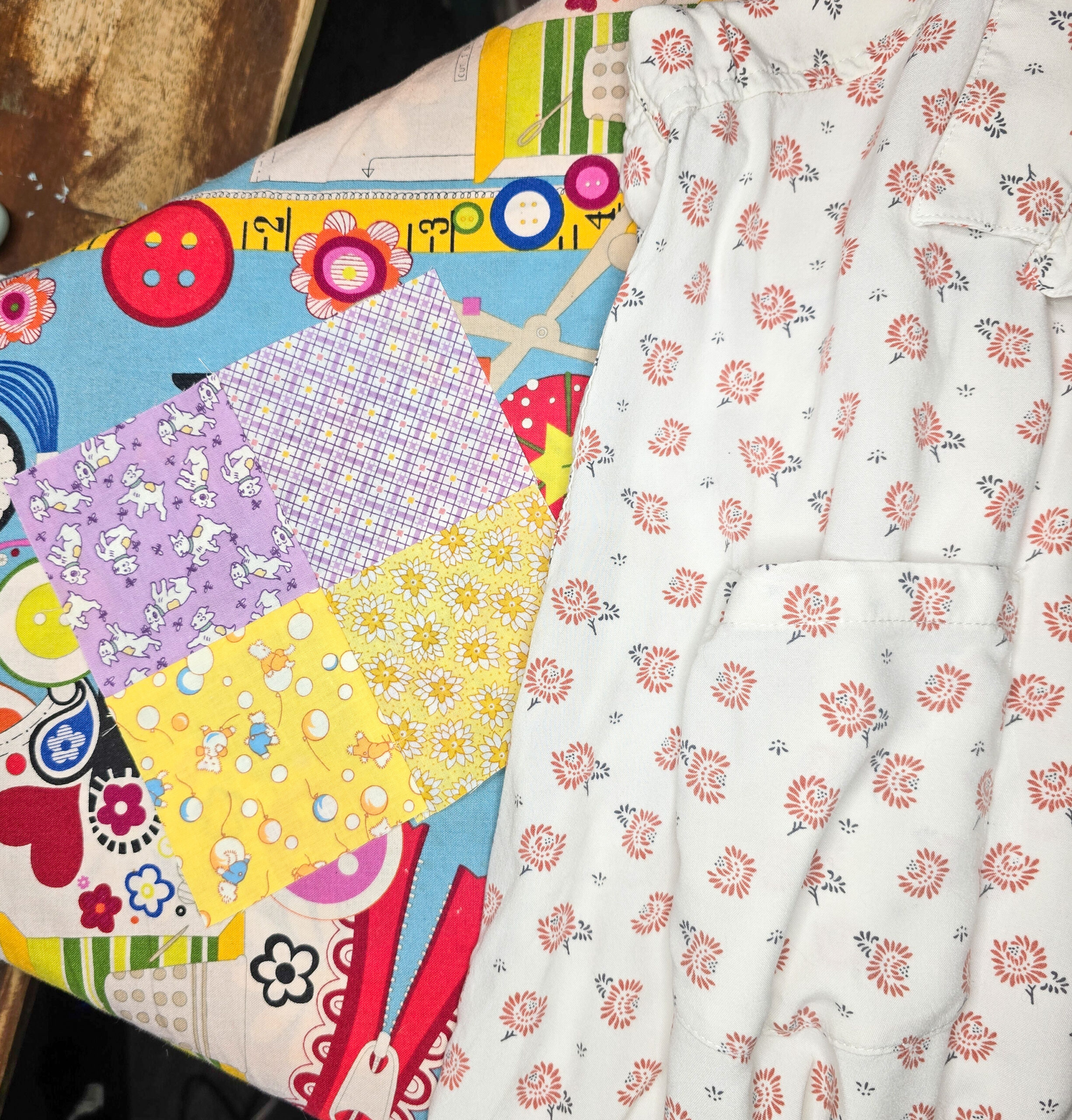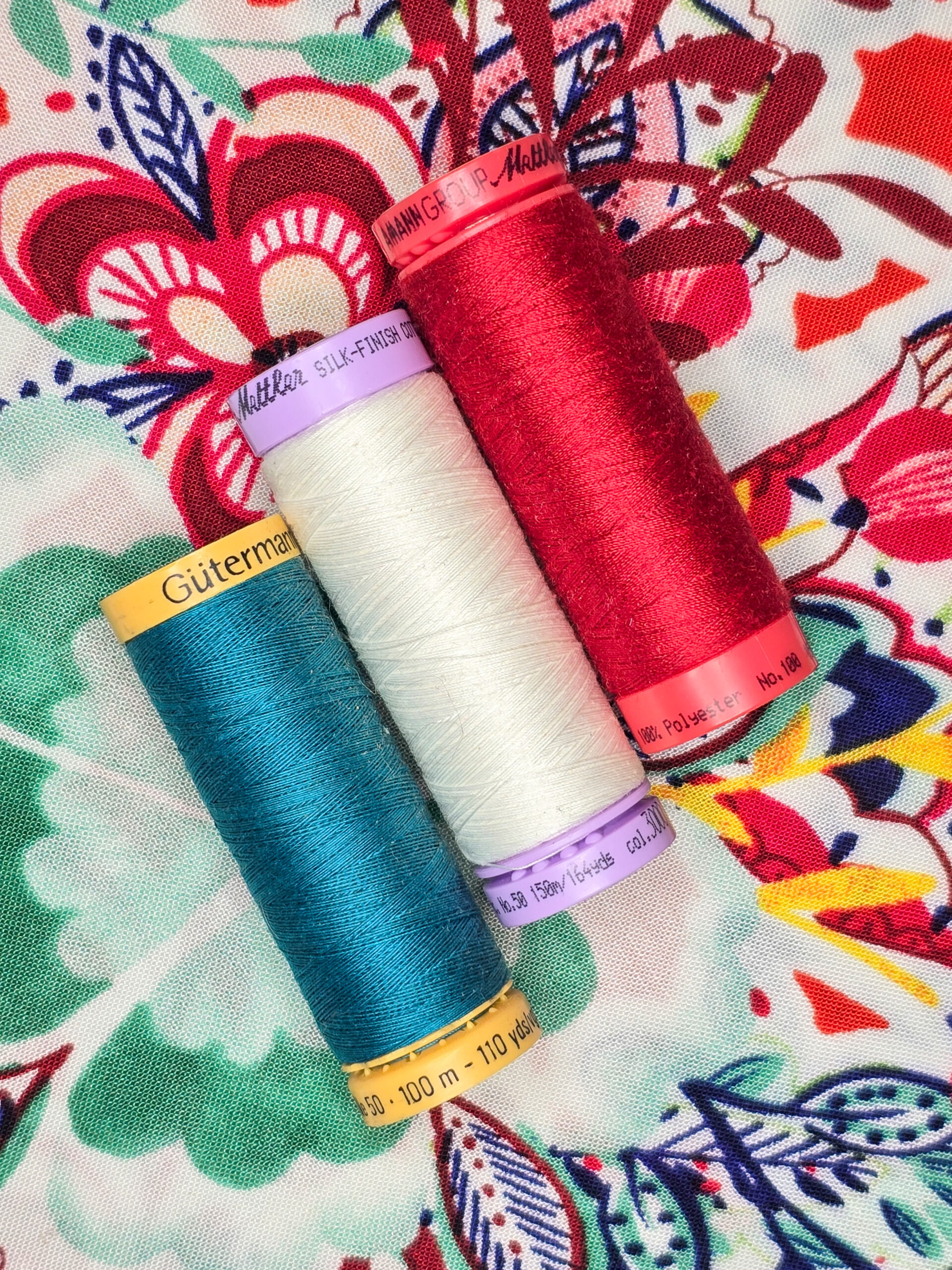If you’ve been hanging out in quilting circles you’ve probably heard the term “press” thrown around a lot. At first glance, it might sound like a fancy way to say iron, but sewists know these are two very different things! Let’s talk about it.
What’s Ironing?
Ironing is what most of us grew up doing to clothes—sliding the hot iron back and forth over fabric to smooth out wrinkles. It’s great for laundry day but not always the best approach when you’re working with quilt blocks. That back-and-forth motion can stretch, distort, or shift the fabric ever so slightly. And let’s be honest, who wants a wonky quilt block after all that effort?
How is Pressing Different from Ironing?
Pressing, on the other hand, is all about up and down. No swiping or sliding! Pressing is the action of letting both the the heat and the weight of the iron do the work by placing the iron onto one spot, then lifting and placing it onto another spot until the pattern piece or sewn seam is flat. This method helps set the seams, keep everything aligned, and avoid stretching those precious quilt blocks (or cut pieces) you worked so hard to piece together.
Does It Really Matter?
It really does. In quilting, precise seams can mean everything if you are piecing a quilt top. The more pieces you are sewing together, the more important this becomes. Pressing helps your blocks remain the right size and shape, ensuring they come together correctly when it’s time to sew them into your masterpiece. Ironing might feel faster, but trust me, taking the time to press makes a world of difference in the final look of your quilt.
Ironing Yards of Fabric
I will admit that when I put my iron to a yard or more of fabric, I typically iron rather than press (I am gentle about it and don’t press hard and push the fabric out of shape). Once that is done and the fabric is cut into pattern pieces, I won’t do anything but press.
If you have been ironing instead of pressing your quilt seams, give this a try. I promise, it can make all the difference in the final product!




